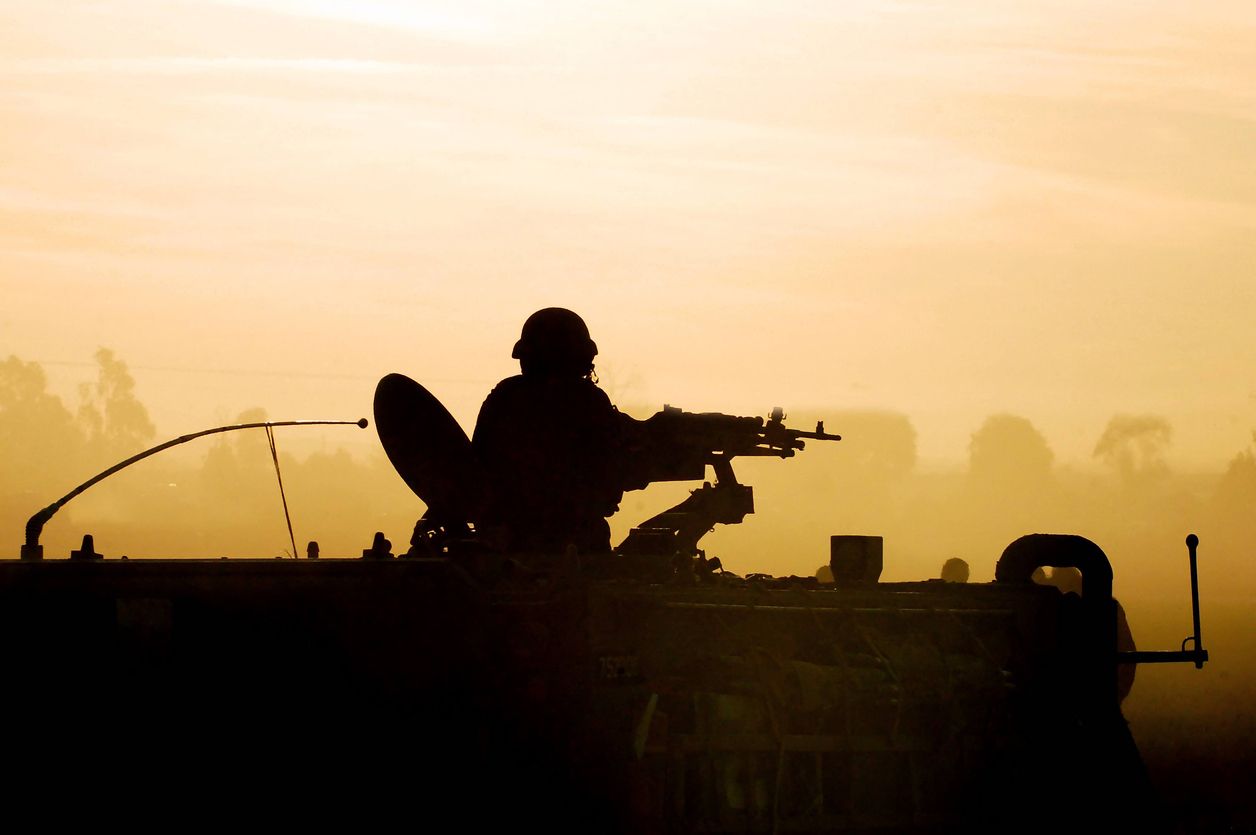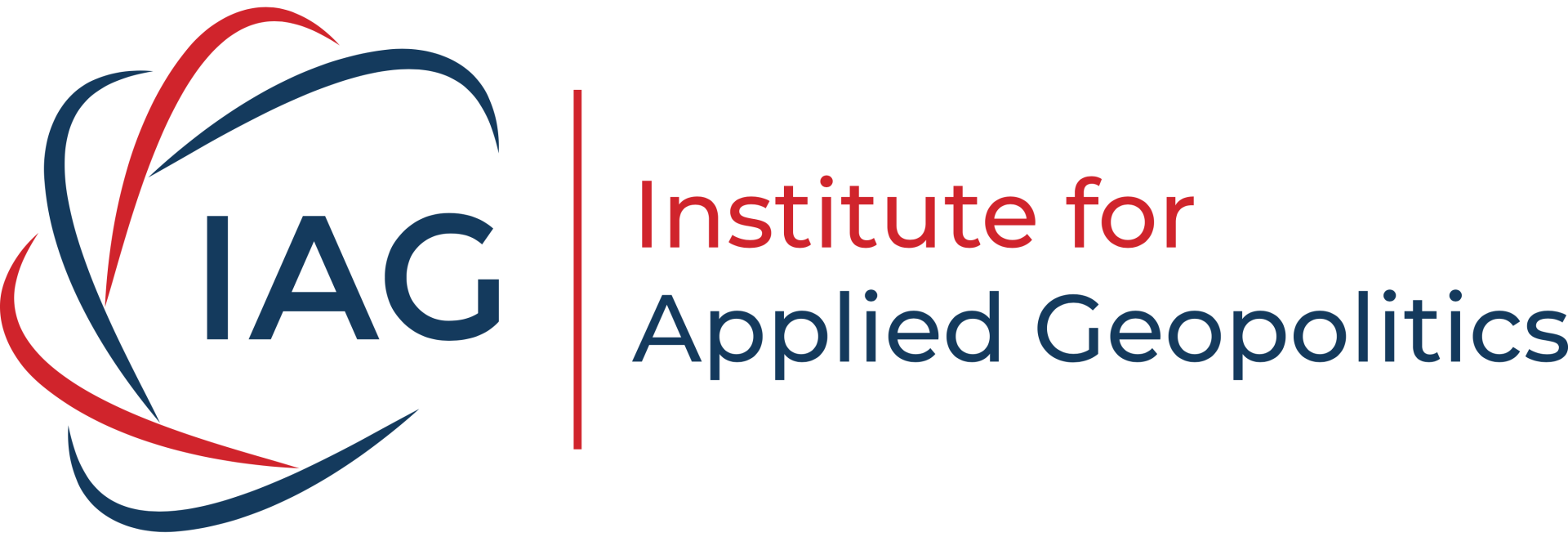Trump’s Gaza Peace Plan Tests U.S. Role in Renewed Mediation Efforts

Photo credit: iStock.com/chameleonseye
Intelligence Summary
Two years after the October 7, 2023 Hamas-led assault on southern Israel that killed about 1,200 people and resulted in 251 hostages being taken into Gaza, the war continues with devastating humanitarian and geopolitical consequences. Israeli military operations have killed at least 66,000 Palestinians and wounded about 169,000 others, according to Gaza’s health authorities, with international agencies suggesting the true toll is higher. The International Organization for Migration estimates that 1.9 million of Gaza’s 2.1 million residents are internally displaced, and 90 percent of homes have been damaged or destroyed. The United Nations-backed Integrated Food Security Phase Classification confirmed a famine in Gaza in August 2025, the first officially recognized in the Middle East, with at least 459 deaths from starvation, including 154 children.
Israel’s campaign has included extensive bombardments of hospitals, schools, and refugee camps, with 125 health facilities damaged and 1,722 health and aid workers killed. 89 percent of Gaza’s water and sanitation infrastructure has been destroyed, leaving nearly all households water insecure. The International Criminal Court issued arrest warrants in November 2024 for Prime Minister Benjamin Netanyahu and former Defense Minister Yoav Gallant on war crimes charges. Additionally, South Africa’s case at the International Court of Justice accuses Israel of genocide.
Despite the devastation, Israel’s stated war aims are focused on recovering all hostages and destroying Hamas, two aims which have yet to be fulfilled. Of the 251 hostages, 148 have been returned alive, eight rescued by the Israel Defense Forces (IDF), and 48 remain in captivity, with only 20 believed to be alive. Hamas’s leadership has been targeted and leaders Ismail Haniyeh and Yahya Sinwar have been killed. Despite this, the group continues to operate.
The conflict has also expanded regionally. Hezbollah in Lebanon and Yemen’s Houthis have launched attacks on Israel. Both groups have expressed solidarity with Hamas. Reports indicate all three groups are receiving Iranian support. Israel’s airstrikes in Lebanon killed Hezbollah leader Hassan Nasrallah in 2024, and Israeli attacks on Iran damaged nuclear facilities and killed Haniyeh in Tehran.
The United States has remained central to Israel’s war effort. Reports from the Costs of War Project and the Quincy Institute found that U.S. financial and military support for Israel has exceeded $31 billion since October 2023. This support enabled Israel to sustain simultaneous wars in Gaza, Lebanon, and Iran. Analysts cited in the reports said Israel could not have maintained its operations without U.S. weapons and funding.
In late September 2025, U.S. President Donald Trump introduced a 20-point peace plan calling for Hamas’s disarmament, the release of all hostages, and the establishment of a technocratic Palestinian administration in Gaza. Indirect negotiations began in Sharm el-Sheikh, Egypt, on October 6, 2025, and mediated by Egypt and Qatar. U.S. envoy Steve Witkoff is also joined by Trump’s son-in-law, Jared Kushner, who attends as a private citizen.
The first day of talks are reported to have ended positively, with both sides discussing prisoner exchanges, ceasefire terms, and humanitarian aid. Despite seemingly positive discussions, Netanyahu emphasized that Israel would not implement any part of the plan until all hostages were released. Hamas negotiator Khalil al-Hayya, who survived an Israeli assassination attempt in Doha, led the group’s delegation.
The plan’s first phase requires Hamas to release the remaining 48 hostages within three days of Israel’s acceptance, followed by Israeli’s withdrawal to the “yellow line” positions held in August 2025. Hamas has expressed interest in parts of the plan but has not accepted disarmament or exclusion from Gaza’s governance. Israel’s far-right ministers Itamar Ben-Gvir and Bezalel Smotrich oppose any deal allowing Hamas’s survival, threatening Netanyahu’s coalition of allies if Hamas remains after the release of the hostages.
International reactions have been mixed. The UN Secretary-General and leaders from the UK, Egypt, and several Arab states welcomed Trump’s initiative. Iran, traditionally a Hamas backer, also signaled support for the plan. Meanwhile, protests in Israel by families of hostages and anti-war groups have intensified, a survey published in July 2025 also indicated over 60 percent of Israelis support a ceasefire.
Why it Matters
The prolonged Israel-Gaza war has evolved into a conflict with massive regional and global implications. The conflict’s persistence despite massive civilian casualties and international outrage emphasizes the limits of global institutions such as the ICC and the United Nations. Israel’s operations, sustained by U.S. funding and diplomatic cover, demonstrate how military support can prolong and intensify warfare, exposing Washington to accusations of complicity in alleged war crimes. The $31 billion and counting in U.S. support since 2023 reflects both the established nature of the U.S.-Israel security partnership and the domestic political costs of maintaining it amid growing public opposition.
Trump’s 20-point peace plan represents a high-stakes attempt to reassert U.S. diplomatic influence in the Middle East. By linking hostage release, Hamas disarmament, and Gaza’s governance to a phased ceasefire, the plan seeks to stabilize a conflict that has destabilized the region and strained U.S. relations with Arab partners. The inclusion of an international oversight mechanism led by Trump and former UK Prime Minister Tony Blair signals a shift toward direct U.S. management of postwar Gaza, potentially sidelining the United Nations and the Palestinian Authority.
However, the plan’s viability is undermined by deep mistrust. Netanyahu is insistent on a total hostage release before any withdrawal and Hamas refuses to disarm. These “red lines” from both groups respectively indicate issues in the negotiation process. The far-right leaders of Israel’s coalition view any compromise as defeat, and view Hamas’s survival as unacceptable. These internal divisions mirror the broader polarization within Israeli society, where protests by hostage families and anti-war activists reflect fatigue and disillusionment with the government’s strategy.
Regionally, the war has created immense tension and threatens to weaken neighboring states. Israel’s strikes on Iran, Lebanon, and Syria have weakened Tehran’s network of proxies but risked escalation into a wider conflict. The assassination of Nasrallah and the bombing of Iranian nuclear sites demonstrate Israel’s operational reach but also its dependence on U.S. intelligence and logistics. The collapse of the Assad regime in Syria also further isolates Iran. All of these developments create instability that could entice nations to expand their power and influence throughout the region .
The humanitarian catastrophe in Gaza has resulted in international condemnation and accelerated recognition of Palestinian statehood by major Western powers, including France, the UK, and Canada. This shift in global diplomatic alignment is further exemplified by traditional Israeli allies reconsidering their positions. The ICC and ICJ proceedings against Israeli leaders mark a rare convergence of legal accountability and geopolitical pressure, though enforcement remains uncertain.
For the United States, the Gaza war has become a measure of credibility. Trump’s ambitious mediation efforts must navigate skepticism from both sides and from international actors wary of U.S. unilateralism. The plan’s success or failure will shape Washington’s broader strategic posture in the Middle East, influencing its ability to manage other crises involving Iran, energy security, and maritime chokepoints.
Ultimately, this conflict is sustained by the combination of overwhelming military power, humanitarian collapse, and contested diplomacy, producing a strategic stalemate with global repercussions. Indirect negotiations regarding Trump’s initiative are set to continue, leaving many analysts hopeful of a future resolution.
Key Actors
- Israel
- Hamas
- United States
- Egypt
- Qatar
- Iran
- United Nations

